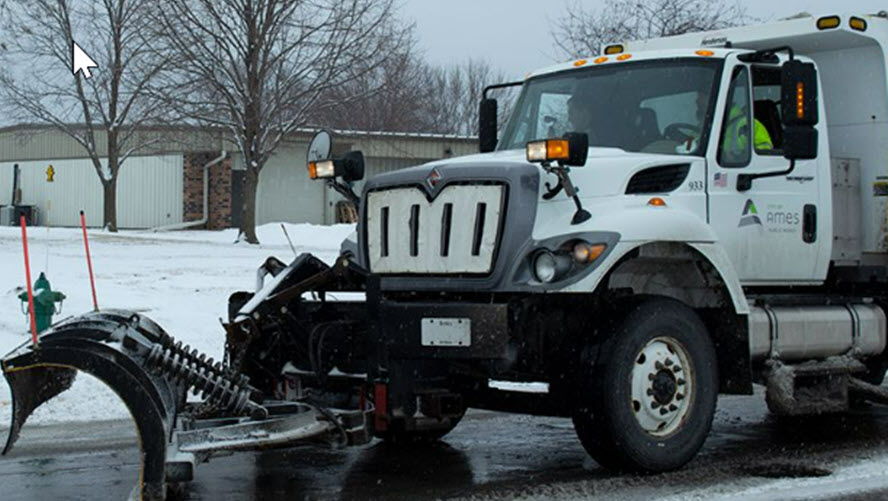Using Biodiesel Fuel in the Winter: A Resource Guide
Some fleet owners may mistakenly believe it’s necessary to decrease blend rates during cold weather months. However, with a firm understanding of Cloud Point, and best practices for storage and handling — biodiesel is a year-round fuel.
This resource guide will help you get started with what you need to know about using biodiesel in cold weather.

How to Pick Biodiesel Blends for Cold Weather
Did you know that it has been shown for years that blends up to B20 biodiesel perform in below-freezing temperatures. Learn the basics of blending for cold weather, including tips for determining the right blend for your conditions, what properties to look for, switching blend levels and how Chevron Renewable Energy Group can help.
Learn the Basics
Cold Weather Tips For Biodiesel: What You Need to Know
You have probably wondered about the freezing point of diesel. You may also be concerned with the gel point of biodiesel. In part one of this cold weather series, we start with some key definitions, including Cloud Point, cold-flow properties, Pour Point and other cold-flow parameters.
Read Part 1
Simplifying the use of Biodiesel
There are many myths about using biofuels in cold weather. However, the handling and storage of biodiesel is not all that different from straight petroleum diesel. Running biodiesel blends in the winter offers the same lubricity and carbon intensity reduction benefits as in the summer. Get the facts.
Read Part 2
Learn How Cold Weather Affects Renewable Diesel
Now that we’ve explored the use of biodiesel in winter, let’s take a look at how cold weather affects renewable diesel, as well as biodiesel/renewable diesel blends. Get the facts and explore when and how to use fuel additives for cold weather.
Read Part 3
Here are some of the most commonly asked questions regarding the use of biodiesel in the winter — and some simple answers.
Chevron Renewable Energy Group FAQ
| Question: How should I store biodiesel in the winter? |
| Answer: For distilled biodiesel, storing at least a few degrees above the fuel’s Cloud Point is important. For biodiesel blends up to B30, heated or insulated tanks aren’t typically needed. For higher blends and extreme cold, it’s important that tanks and pipes are protected enough to not drop below Cloud Point. |
| Question: What is the Cloud Point of biodiesel? |
| Answer: Chevron Renewable Energy Group offers a complete line of renewable fuel solutions with the EnDura Fuels™ family — offering several different Cloud Point options. Chevron Renewable Energy Group has found B5 blends to have the same Cloud Point as straight petroleum diesel, regardless of the biodiesel’s Cloud Point. |
| Question: Which Chevron Renewable Energy Group fuel is best for cold weather? |
| If handled, stored and blended properly, any of the EnDura Fuels™ products are appropriate for cold weather use. However, our PuriD™ Ultra Bio offers one of the most advanced cold-flow properties. |
| Question: How Do I Purchase Fuel from Chevron Renewable Energy Group? |
| Getting started is easy. Complete our purchase inquiry form and someone from Chevron Renewable Energy Group will follow up with you. |
Want to learn more or have questions? Contact us.